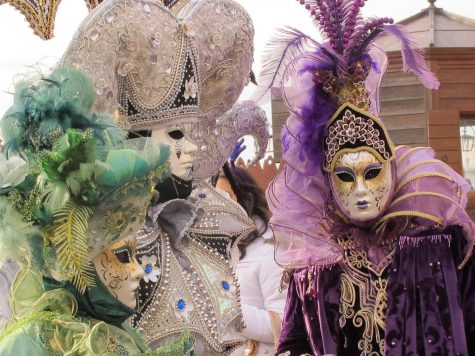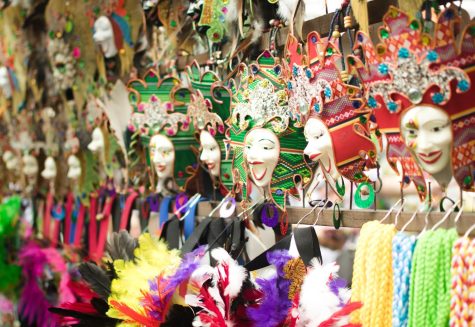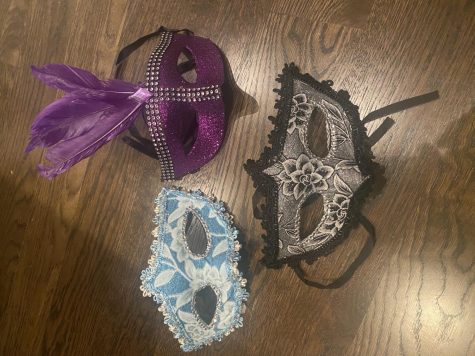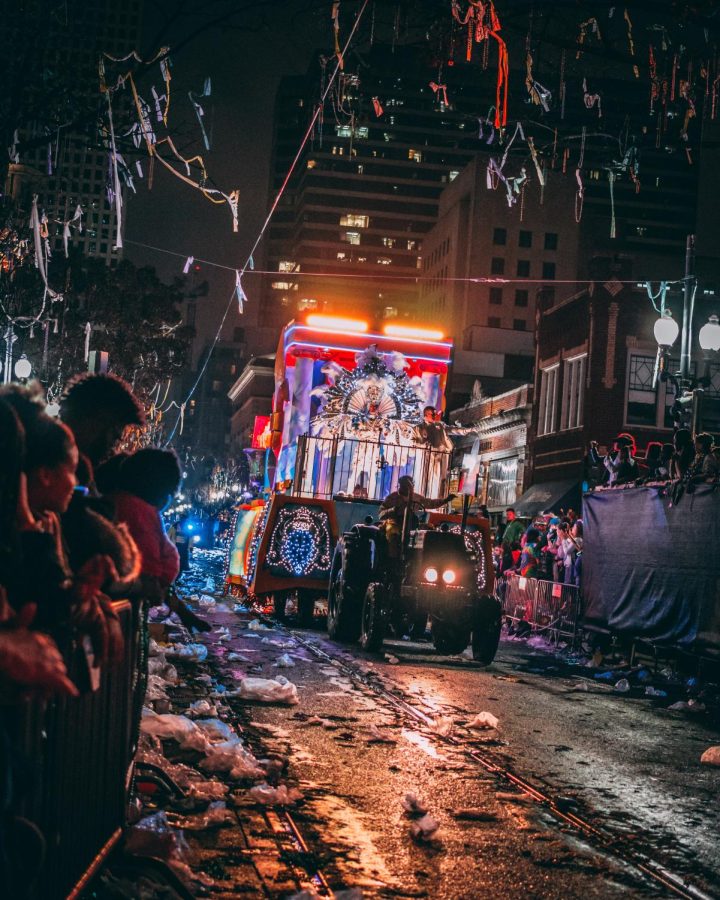Mardi Gras
A look into Mardi Gras
Photo by Cayetano Gil on Unsplash
People are flooding the streets as they watch the Mardi Gras parade begin.

Mardi Gras, also known as Fat Tuesday in French, is a holiday filled with festivities, fun, and laughter. The holiday is celebrated around the globe and has roots in the Catholic tradition. It occurs annually on the Tuesday before Ash Wednesday because it is the last day to feast before lent. For some, it is a religious holiday associated with prayer and fasting, but for others, it is a time for fun and excitement. Depending on the date of Easter each year, it can be celebrated in February or March. Louisiana is the only state where Mardi Gras is a legal holiday. It became a legal holiday in Louisiana in 1875. The carnival celebrations focusing on Mardi Gras are filled with traditions involving masks, costumes, parades, floats, king cake, purple, green, and gold beads, and other decor. The holiday elicits feelings of freedom and expression and is meant for the whole family. The carnival festivities are so elaborate that they draw crowds from all over the country.

New Orleans hosts the largest Mardi Gras celebration in the country and is one of the best carnivals in the world. The first Mardi Gras in New Orleans was held in the 1800s and has been a tradition ever since. The rich culture of New Orleans provides distinctive music and cuisine all its own. It has charm, jazz music, fantastic food and drinks, street parties, krewes, voodoo tradition, and mystery. Many people are not familiar with the term krewes. Krewes are social clubs that help organize parades, balls, and other events during the Mardi Gras season. Although Mardi Gras is on a single Tuesday, it is part of a carnival season where celebrations can last several weeks each year. While New Orleans is at the top of the list, different regions in the country, like Alabama, Florida, and Mississippi, to name a few, have their own traditions and events surrounding the holiday as well.

The many traditions involved in the Mardi Gras holiday have special meaning and are part of the New Orleans culture. For example, the King cake, also known as the Twelfth Day cake, celebrates when Jesus shows himself to the three wise men (January 6th) which is the start of the Mardi Gras season. There is also jambalaya, beignets, gumbo, and other authentic New Orleans food served. Each parade is run by a different krewe and each krewe chooses a different theme for their own parade every year. Additionally, masks are a long-time tradition that float riders are required to wear and it is considered illegal to not wear a mask aboard a float. However, many people choose to wear masks on their own to add to the mystery of the celebration. There is also the tradition associated with purple, green, and gold. These were chosen as purple represents justice, green represents faith, and gold represents power. While the floats are heading down the streets, they throw beads, trinkets, doubloons, and more which are in the chosen colors. Doubloons are fabricated coins that commemorate different Mardi Gras Krewes, and some people collect them.

In 2023, Mardi Gras was celebrated on Tuesday, February 21st; however, carnival celebrations began on January 6th. Mardi Gras in 2021 was a socially distanced holiday, and in 2022 it was still subdued, so there was a lot of anticipation for the 2023 carnival season. The 2023 carnival season did not disappoint, and it proved to be a remarkable success. There was great weather, dozens of parades back on the regular routes taking place all over, tents and tarps lining the streets, crowds in the street singing and dancing, a vast increase in the number of participants, and the spirit of Mardi Gras made a comeback. Mardi Gras was again a family friendly event with parents and children dressed in costumes, enjoying the elaborately decorated floats with octopus, dragons, and crocodiles. Parents even brought ladders for the kids to get a better view of the parade and catch the bounty. Fans and locals alike were ecstatic with its success and the historical and traditional significance that will carry on. New Orleans took a hit due to the shutdown with the pandemic and suffered devastating losses. This year the city was reembraced and received a much-needed economic boost due to a thriving carnival season.




